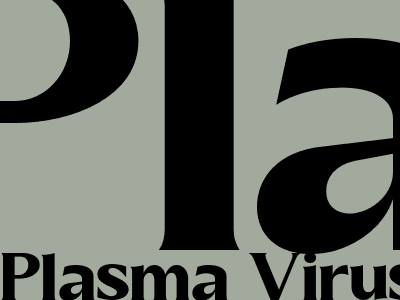Plasma Virus: A Comprehensive Explanation
A plasma virus is a type of virus that has a protein coat and an RNA genome enclosed by a lipid membrane. They are typically spherical in shape and have a diameter of about 80-120 nanometers. Plasma viruses are found in a wide variety of hosts, including humans, animals, and plants. They can cause a variety of diseases, including influenza, measles, mumps, and rubella.
Structure of a Plasma Virus
The protein coat of a plasma virus is made up of a single layer of proteins. These proteins are responsible for the virus's ability to attach to and infect host cells. The RNA genome of a plasma virus is packaged into a single strand. The lipid membrane of a plasma virus is derived from the host cell membrane. It helps to protect the virus from the environment and allows the virus to enter host cells.
Replication of a Plasma Virus
Plasma viruses replicate by hijacking the host cell's machinery. They enter the host cell by attaching to specific receptors on the cell surface. Once inside the cell, the virus uncoats and releases its RNA genome into the cytoplasm. The RNA genome is then translated into viral proteins. These proteins are then used to assemble new viral particles. The new viral particles are then released from the cell by budding from the cell membrane.
Pathogenesis of Plasma Viruses
Plasma viruses can cause a variety of diseases by damaging host cells and tissues. They can also trigger an immune response in the host, which can lead to inflammation and further tissue damage. Some plasma viruses can cause chronic infections that can lead to serious health problems, such as cancer and liver disease.
Treatment of Plasma Virus Infections
There is no cure for plasma virus infections. However, there are treatments that can help to relieve symptoms and prevent complications. These treatments include antiviral drugs, which can help to inhibit the replication of the virus, and immune-boosting drugs, which can help to strengthen the host's immune response.
Prevention of Plasma Virus Infections
There are a number of things that can be done to prevent plasma virus infections. These include: * **Getting vaccinated:** There are vaccines available to protect against some plasma viruses, such as influenza and measles. * **Practicing good hygiene:** Washing your hands frequently and avoiding contact with infected people can help to reduce your risk of infection. * **Using condoms:** Condoms can help to prevent the transmission of plasma viruses that are sexually transmitted, such as HIV and hepatitis B.

Comments